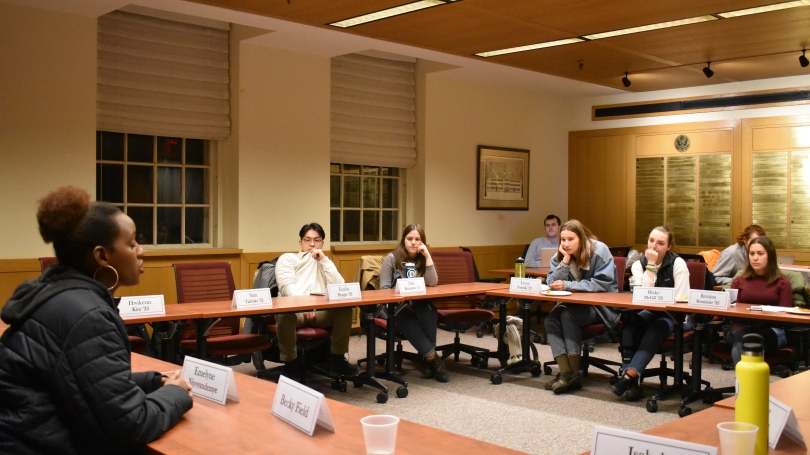
- Public Policy
- Leadership
- Funding
- News & Events
- About the Center
Back to Top Nav
Back to Top Nav
Back to Top Nav
Back to Top Nav
Adaptability is one of the most challenging aspects of intercultural interactions. This is reflected through personal experiences, such as the challenges of experiencing culture shock, as well as through theory, for example as seen in the idea that we must use accommodation practices when communicating with people of other cultures (see: Communication Accommodation Theory [Giles, 1971]). However, there are several tactics that one can use to be more adaptable in intercultural encounters.
To begin: What is adaptability? In essence, adaptability is one’s ability to tolerate ambiguity and modify actions (and perhaps beliefs) in accordance with the surrounding environment and culture. This requires several things.
First, it depends on understanding oneself both as an individual and as a global leader to see where one stands in a greater social context. This is done through critical analysis of one’s world views and morals and consideration of where one’s views stand in comparison to those of the people around them. Assuming that there are differences, particularly given many differences in cultural values often found in intercultural communication (religion, sex/gender roles, nationalist views, etc.) one should look for similarities. The vast majority of people have similar common goals (see: Different Roots, Common Dreams [Field, 2015]) and it is important to recognize these similarities to manage the ability to adapt to another person’s or culture’s methods of approaching the aforementioned goals and obstacles.
Second, it requires openness to the concept of adaptation. Listening to stories of troubling histories of cultures and individuals and why they operate the way they do in response to the difficulties they previously endured allows for a deeper understanding of others and of how to interact with them.
Third, studying and understanding patterns of cultures at large can allow for potential understanding of individuals (and therefore ability to adapt) before interaction occurs. Some patterns may be seen in conflict solving techniques (see: The Intercultural Conflict Style Inventory guide) or in how people within specific cultures prefer interacting with each other upon first meeting (see: criticisms of axiom 3 [information seeking] in Uncertainty Reduction Theory [Berger & Calabrese, 1975]).
Understanding oneself as a global individual and others through studies of cultural patterns at large and individual interactions and through tolerance of social ambiguity, one can achieve adaptability of actions and thoughts.